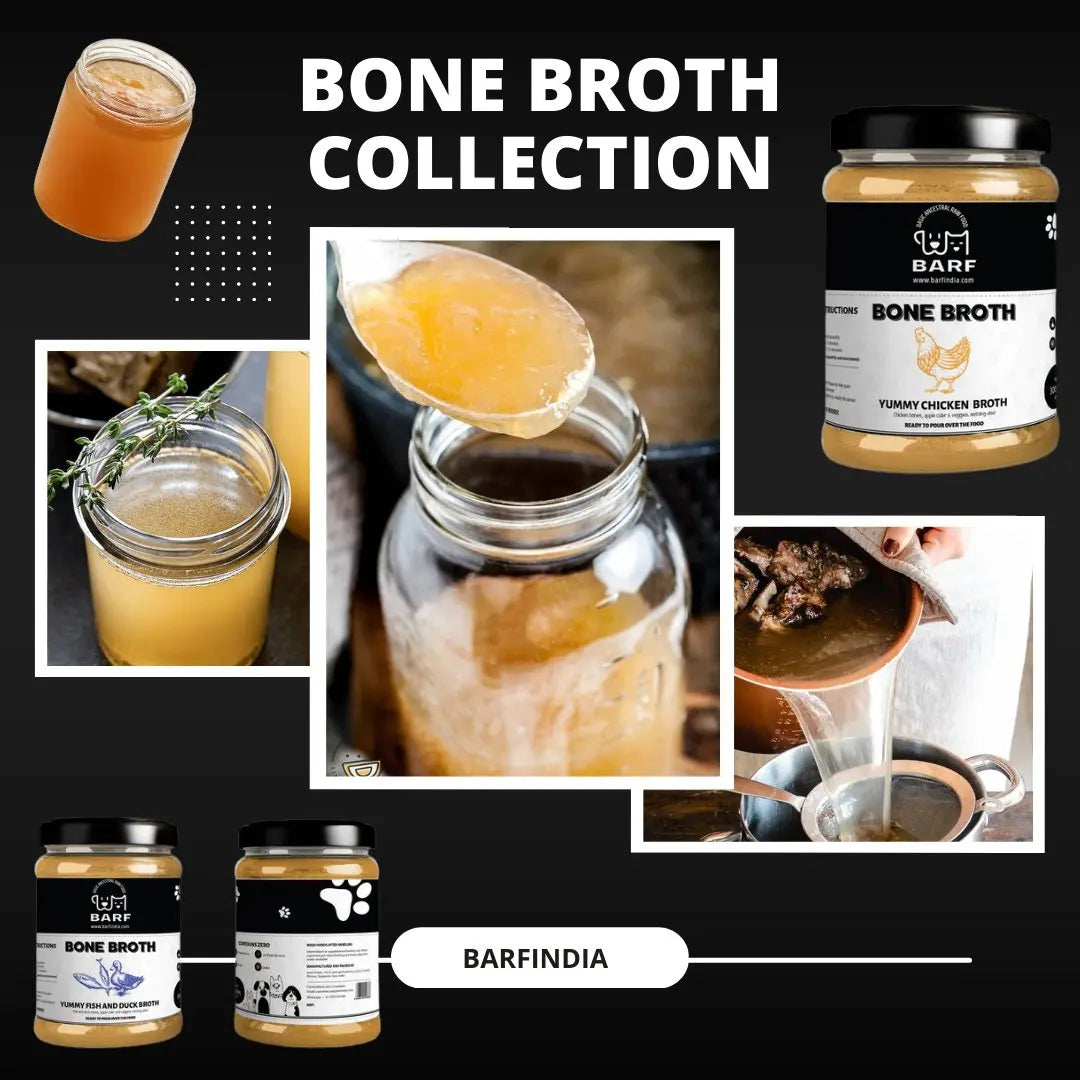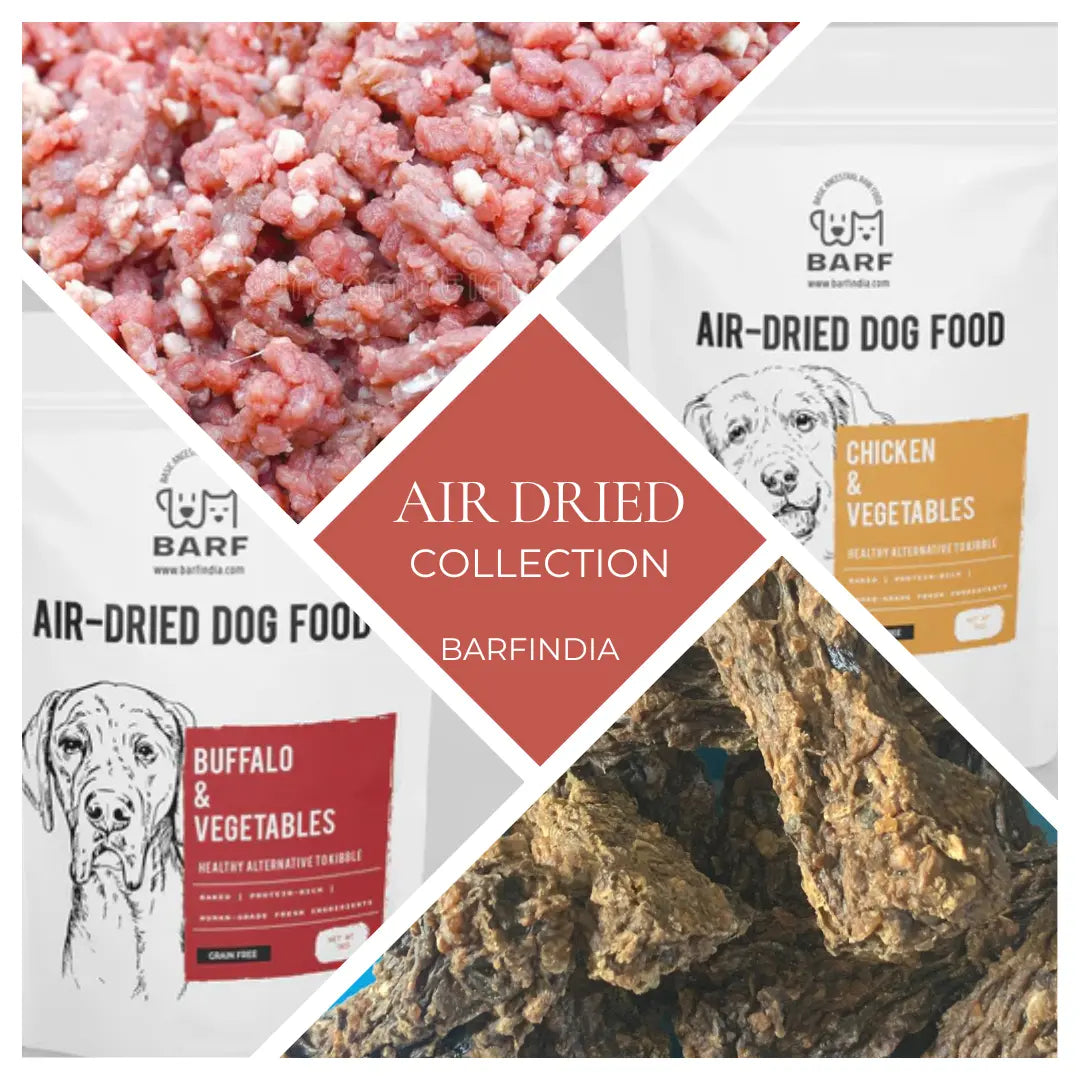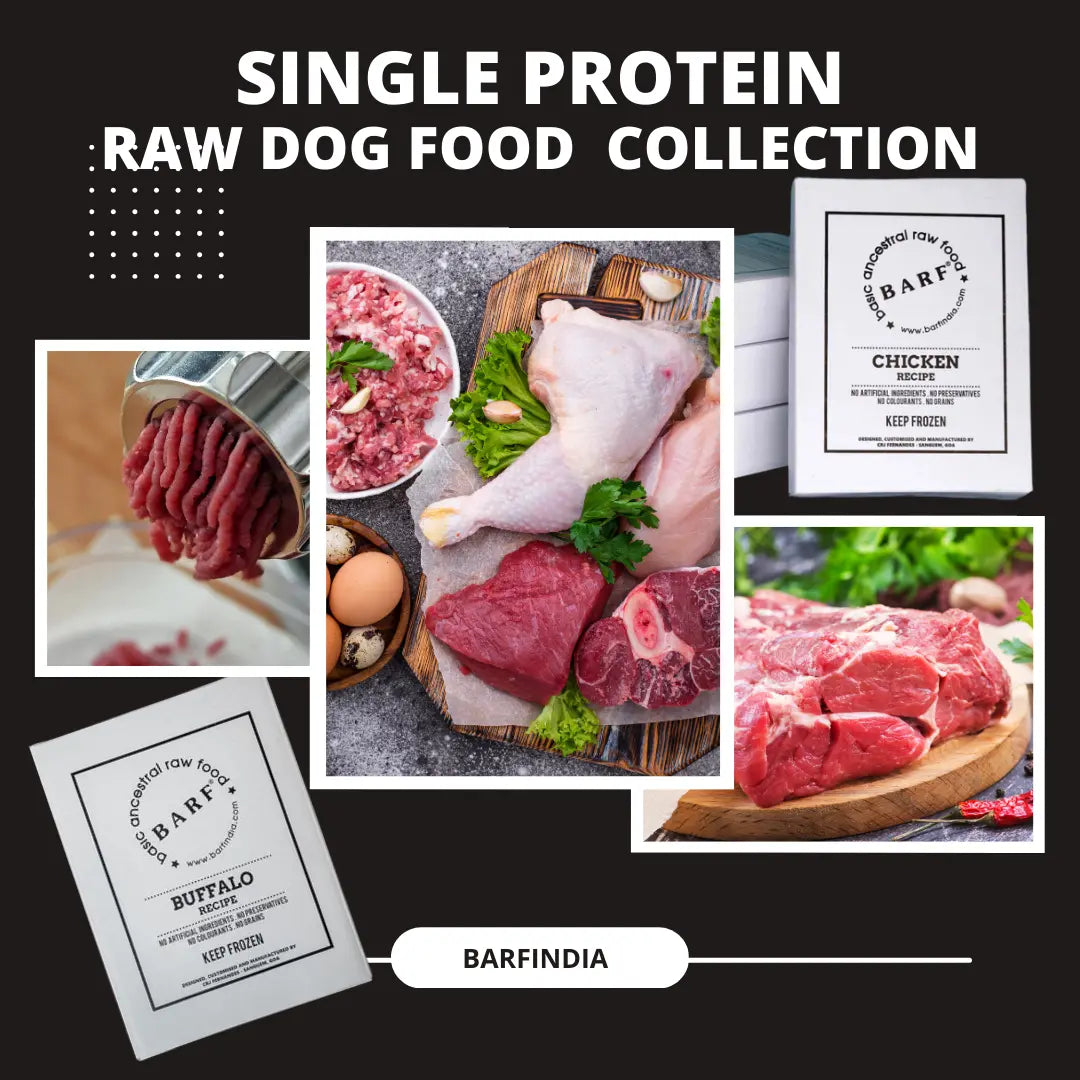
Learning how to feed raw puppy food to your pup.
B.A.R.F. India AdministratorEverything you wanted to know about raw puppy food.
First of all, congratulations on getting home a new furry family member. Exciting and fun days await you. Choosing to feed your puppy a raw puppy food is probably the best decision you could take. But understandably, you might have questions, concerns and could be looking for some sort of starter program on how to do it. Well, you’ve come to the right place. This feeding guide has been put together to answer any question you could have about feeding raw puppy food. Right from learning how to switch your puppy to a raw food diet, how much to feed, and how often, to all the right reasons on why shifting to a raw puppy food diet will make your puppy live a longer, happier and healthier life, this article covers it all.
Can puppies eat raw dog food?
Let’s start at the beginning, shall we? When it comes to a puppy, many people aren’t sure whether putting a small dog on a raw diet is a good idea or not. Let us put your concern to rest and assure you that the one thing that will have the biggest influence or impact on your puppy’s long term health and happiness is its diet. Instead of feeding your little furball a commercially produced meal, feeding it a raw diet should help guide its evolving digestive system while also benefiting from the latest knowledge. Over the years, there has been much research on dog diets and their digestion. And these developments have formed the basis for our article. Instead of offering your pet food that helps it just survive of modern living, a raw diet will help it thrive and boost its health from the get-go.
Here are the benefits of switching to raw:
#1 Boosted immune system Feeding raw will result in a healthier and happier pup. You will notice your pup does not fall sick frequently, something that all pups typically go through. This happens because of the natural antioxidants that they get from raw food. Also, the whole spectrum of required vitamins, minerals, and healthy soluble fibers are amazingly good for a growing puppy’s healthy gut bacteria. #2 Improved energy levels When we say improved energy, we don’t mean hyperactive dogs. Quite the opposite, in fact. You will notice a calmer and a more trainable dog. There will be consistent behavior and the pup will be focused. This is definitely a diet-related improvement, for two reasons:
- One, blood sugar levels are normal as against that of a dog fed on carbohydrate-rich processed foods.
- Secondly, amino acids are present in their natural form, unlike the powdered, which can trigger ‘excitatory neurotransmitters’.
#3 Glossier coat Forget what the food commercials say. The shine and gloss of a raw-fed dog is incomparable. And in as less as 2-3 weeks of raw feeding. Apparently, even groomers can identify when a dog is a raw fed or not simply from the softness of the coat. #4 Smaller, firmer poo This is such a saving grace, believe us. Your pup’s number twos will be smaller, more compact, and definitely less smelly! This is because raw food is present in its natural, easily-digestible form and your pooch will absorb most of its goodness. #5 Less wind Raw food is easily digestible and one good side-effect of that is the reduction in the puppy’s wind. #6 Improved digestion Raw food means your pup’s GI tract is healthier and this means your puppy is happier and calmer.
Feeding raw puppy food - where to begin
If your puppy has is currently being fed a commercial diet, whether kibble or wet food, you can still easily transition it onto the raw puppy diet in a single step. Keep the process simple and stress-free by doing a straight swap overnight. Feed your little one its last meal of the current food for dinner. Meanwhile, let the new food defrost overnight. The next day, simply feed the new raw puppy food. It’s as simple as that. This method works in 99% of cases.
Phased feeding
Some dogs with a sensitive stomach or any health issue will require a phased approach. On the first day when you want to start the raw diet, add ¼ raw to its current food. The next day increase the raw amount to half, the third day to ¾. By the fourth day, your puppy will be more accustomed to the taste of the new food and you can feed a complete meal of raw puppy food.
How do I know much raw puppy food to feed my puppy?
It’s understandable to not be sure whether you are feeding your puppy enough, or whether you are overfeeding it. We have to understand that every dog is different and has different needs. However, a growing and developing puppy has twice the energy requirement of an adult dog. All that exploring, playing, running, chewing, nibbling, sleeping, and dreaming takes a toll on the little one, and as a pet parent, you need to fulfill its dietary requirements, depending on its breed, age, and activity levels, as well as the puppy’s unique metabolism.
A good way to ensure you are feeding it right is to keep monitoring its weight.
At first glance, a well-fed and healthy puppy is one that is gently rounded without any ribs showing. There should be enough body fat to protect them from harm, but it should never come in the way of being active. Also, this additional fat works as a reserve, if the puppy ever has an upset stomach or vomiting. Here’s how you can estimate how much to feed your puppy, depending on its age and its weight:
- 4 weeks-4 months: 8% of body weight
- 4-6 months: 6-8% of body weight
- 6-9 months: 4% of body weight
- 9-12 months: 3% of body weight
- 12 months+: 2-3% of body weight
Puppies grow quickly. You must weigh your puppy weekly to ensure you are feeding the right amount. You will notice that you have to increase the amount you feed your pup according to its weight gain.
How often should I feed my puppy?
This is another important aspect of feeding a pup. As puppies are continuously growing and yet have smaller stomachs, they need to eat more frequently than adult dogs. Follow this process to make it easier: Puppies – 8 to 16 weeks: Feed your puppy four times a day. Divide its daily raw food quota equally between each meal to ensure adequate nutrition. Puppies – 16 weeks to 12 months: At this stage, you can reduce the number of meals and feed three raw meals a day. As above, divide the daily quote accordingly. Moving into adulthood – 12 to 18 months: This is when you can shift your dog to two meals a day, depending on its size, activity levels, and your preference.
How do I know my puppy is an adult?
Puppies reach adulthood by the age of 12-14 months. It is recommended that you keep your puppy on raw puppy food until it is one year old. However, don’t worry if your puppy takes time to shift to adult raw food. Some people believe in only raw food immediately, while some allow the puppy to also have a say in it. What is clear is that the timing with raw food is not as crucial as it is with processed foods.
Is there any difference between raw puppy food and raw adult food?
Raw puppy food contains higher levels of calcium and phosphorus, sourced from natural healthy bones. This ensures strong, sustained, and measured skeletal development in the puppy. Additionally, raw puppy food is finely minced making it easier for those tiny mouths to eat. 
The essential minerals in raw puppy food
Puppies require more calcium and phosphorous than a fully grown adult does since these two elements are essential for bone formation. When choosing a readymade raw diet for your puppy, you must ensure that you purchase your puppy meal from someone who follows health guidelines diligently. Again, the concerns of the right ratio of minerals are more prevalent in processed foods than raw diets, especially in the case of larger breeds. Processed foods tend to contain poor protein sources, such as peas, and rely greatly on grains or grain alternatives for carbohydrate content. There is a chance that these could be high in lectins. When combined, these elements can promote excess unhealthy growth and inflammation. This can also lead to unstable and unhealthy joints, and even hypertrophy in larger breeds. Raw puppy food is naturally low in carbohydrates (as dogs eat what they would eat naturally!) and very low in lectins, so you can be sure that you avoid these potential puppy feeding pitfalls. To be on the safe side, always monitor your puppy’s growth and adjust the meal portion accordingly.
My puppy is not eating!
This is a rare situation where a puppy will not eat. Most times, the little one is so hungry that it will happily wolf down its new raw food down without a hitch. Some puppies might need to be coaxed a little. You can try adding bone broth to tempt them.
Conclusion
Choosing the right raw food for your puppy is important. Look for foods that are easily digestible and cover the complete spectrum of proteins, macro-nutrients and fats, without missing out on vitamins and minerals. A complete raw diet should include muscle meat, offal, bone, vegetables, and select fruits.
Keep it natural, and keep it simple.
Here are three things to keep in mind as your puppy grows:
- Make feeding times relaxed and fun.
- Avoid processed food and carbohydrates.
- Monitor your puppy’s growth regularly, as this will decide how much to feed and how often.



